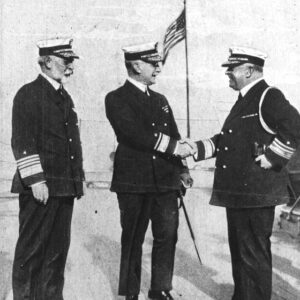 Eagle Rangers
Eagle Rangers
Entry Category: Individuals and Units - Starting with E
 Eagle Rangers
Eagle Rangers
Earle, Fontaine Richard
Earle, Josiah Francis
Eberle, Edward Walter
 Edward Walter Eberle
Edward Walter Eberle
 Edward Walter Eberle
Edward Walter Eberle
Edwards, Daniel Richmond
Eighteenth Arkansas Infantry (CS)
Eighth Arkansas Infantry (CS)
Eleventh Arkansas Infantry (CS)
Eleventh Regiment, United States Colored Troops (US)
Ellis, William
 William Ellis
William Ellis
 William Ellis Plaque
William Ellis Plaque




